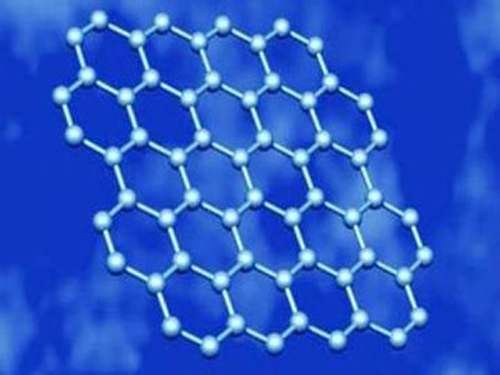
With the rapid advancement and replacement of information technology, more high-tech and emerging things have risen around us. Infrared sensor technology has been widely used as one of the fastest-growing technologies in recent years. It plays an irreplaceable role in many fields such as aerospace, astronomy, meteorology, military, industry, and civil use.
Infrared, which is essentially an electromagnetic radiation wave, has a wavelength in the range of approximately 0.78m to 1000m. Since it is a light other than red light in visible light, it is named infrared. Any object with a temperature above absolute zero will radiate energy to the outside space in the form of infrared rays. The use of infrared radiation to achieve the relevant physical quantity measurement sensing technology, that is, infrared sensing technology.
Scientists at the University of Michigan have developed a new infrared sensor that can be used in contact lenses to provide night vision capabilities. According to reports, this sensor has the ability to capture visible light and infrared light, and sandwiches graphene between the lenses without the need for bulky cooling devices.
This type of infrared image sensor developed with enamel has only the size of a fingernail cover. Different from the common mid-infrared and far-infrared image sensors, the observation of the full infrared spectrum at room temperature was first realized. Due to its small size and light weight, it can even be integrated into contact lenses or mobile phones, and is expected to find applications in many fields such as military, security, and medicine.
The wavelength of infrared rays is between 760 nm and 1 mm. It is a non-visible light with a wavelength longer than that of red light, and is classified into three types: near-infrared ray, medium-infrared ray, and far-infrared ray. Ordinary cameras require only one chip to capture visible light, while infrared imaging requires the simultaneous viewing of images in various near-infrared, mid-infrared, and far-infrared spectra. More challenging is that mid-infrared and far-infrared sensors usually have to operate at extremely low temperatures.
Researchers use graphene as a raw material. Graphene is a single-layer structure composed of carbon atoms that can detect infrared, visible, and ultraviolet light throughout the spectrum. However, due to the poor ability of graphene to absorb light (2.3%), it is not enough to generate enough electrical signals. Previous studies have been stalled. The biggest problem faced by the previous generation of graphene infrared sensors was poor sensitivity and could not meet the needs of commercial devices.
In order to overcome this obstacle, researchers have improved the process of generating electrical signals from graphene. According to related data, they have an insulating barrier layer between two graphene sheets, and the bottom layer has current through. When light hits the top graphene, the device releases electrons, creating positively charged holes. Then, under the action of the quantum mechanism, electrons pass through the middle insulating layer and reach the bottom graphene layer. At this time, the positively charged holes left on the upper graphene will generate an electric field and affect the current of the lower graphene. By measuring the change in current, the brightness of the light shining on the upper graphene can be inferred.
The new method has brought the sensitivity of mid-infrared and far-infrared sensors to a new level for the first time, and is completely comparable to conventional infrared sensors that require a cooling device to operate. And the device is only one finger cover size, it is easy to achieve integration. If this type of detector can be integrated into contact lenses or other wearable electronic devices, it will hopefully provide people with a new and unprecedented way to interact with the environment. At the same time, this technology has opened up new possibilities for the application of infrared technology in military, security, medical, and other fields.
Colorful Pmma fiber is offered here on a spool as an individual strand with a protective PVC jacket.
Plastic optic fiber is used for indoor & outdoor decoration, e.g. Chandelier, fibre optic rope light sign, star sky on the ceiling, building and swimming pool outline lighting. We have 2 series of plastic fiber: PMMA fiber and Polymer fiber(Solid-core fiber). PMMA fiber can be processed into : single string end glow fiber, multi string end glow fiber,multi-string side light fiber, side spot light fiber. Polymer fiber is also made of :end glow and side glow, usually used for outline lighting
Fibre Optic Rope Light,Optical Fiber Led Lights,Pmma Fiber,Plastic Optic Fiber
Jiangxi Daishing POF Co.,Ltd , https://www.opticfibrelight.com